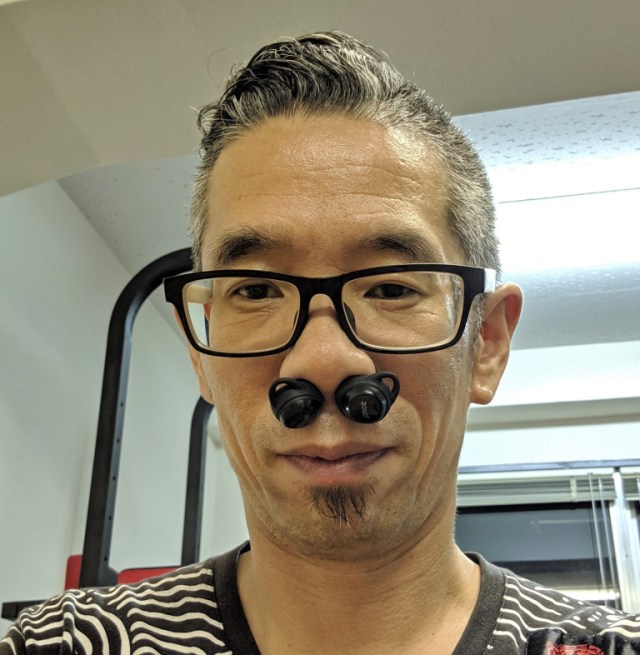
Is one orifice still just as good as another? We find out!
The year was 2010. Everyone was rocking out to vuvuzela music after it made a splash during the FIFA World Cup in South Africa, and the U.S. mourned the loss of their most celebrated actor, Gary Coleman.
And it was in June of this year when a young Mr. Sato heard a rumor that by putting earphones up your nose, one can experience amazingly lifelike sounds, as if they were at a live show. At the time, he had put this theory to the test and did report a whole different quality to the sound, like it was echoing inside his head.
▼ Mr. Sato, 2010, age 36 (surgery has since removed the black bar from his eyes)
But that was almost a decade ago. Great improvements have been made in earphone technology since then. Moreover, Mr. Sato’s memory isn’t the greatest in the world. Perhaps he was looking back on those nosebud days with rose-tinted glasses.
So, he decided to revisit this experiment with modern equipment, namely the Zolo Liberty S wireless earphones by Anker. These were released in May of this year and sell for 15,000 yen (US$137), making them a fairly good example of current mid-range products.
He connected them to his iPhone’s Bluetooth and proceeded to insert one into each nostril. These were in-ear type headphones meaning they are intended to enter the ear canal when listening. This also made them rather easy to insert into a nose, but left much of the unit dangling outside.
With all the equipment hooked up, Mr. Sato pressed play on his phone.
“What?!” gasped Mr. Sato, “This cannot be!”
The sound was barely audible at all. He could hear a little music trickle out from his nose but it wasn’t even close to the sound of a live concert. This was a most unexpected result.
Could it be that wireless earphones lack the raw horsepower to fill Mr. Sato’s head with music like his first experiment had so many years ago? That didn’t seem right, but to check, Mr. Sato tried again with a pair of wired in-ear headphones.
▼ “Hmm… It’s slightly louder but still barely audible… I do say, what is the agency behind this phenomenon?”
Mr. Sato referred to his 2010 experiment and confirmed that he had once achieved a sort of “live” sound this way. However, one big difference was that back then people were still using ear buds that didn’t go into the ear canal. Also, he had to shove the earbuds rather deep up his nose to achieve the desired fidelity.
It would seem that the design of the in-ear units were not able to reach that far inside the human nostril. So, in conclusion, if you want to listen to earphones through your nose, then be sure to not use in-ear models.
Remember this information as it may one day save your life.
Photos ©SoraNews24
● Want to hear about SoraNews24’s latest articles as soon as they’re published? Follow us on Facebook and Twitter!
[ Read in Japanese ]

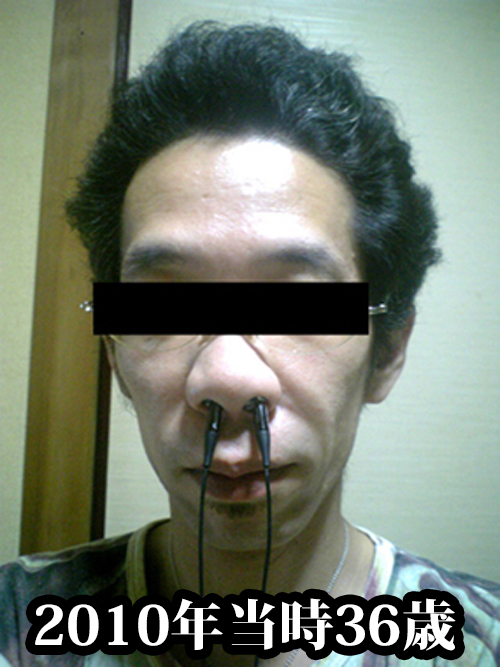
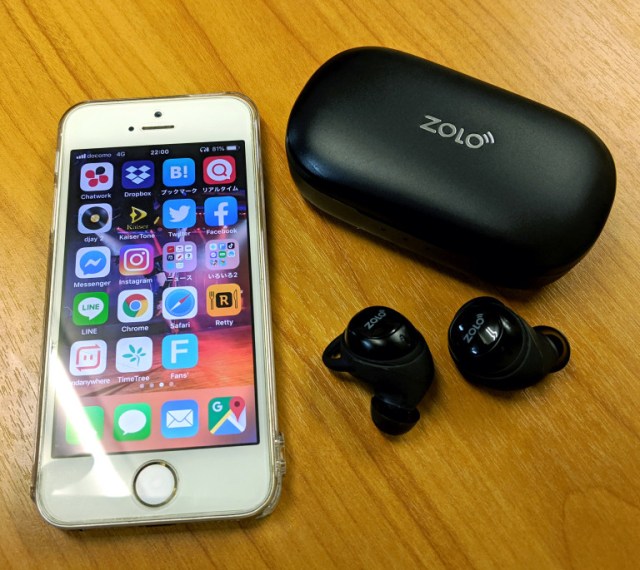



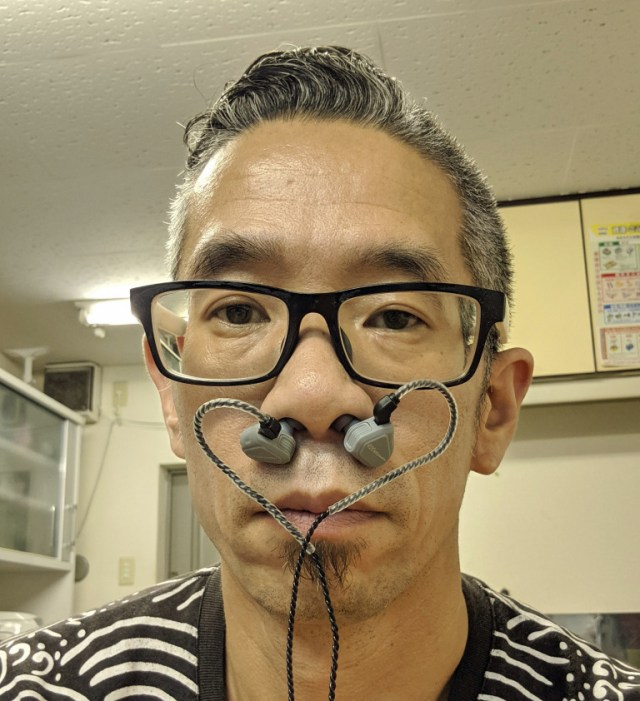
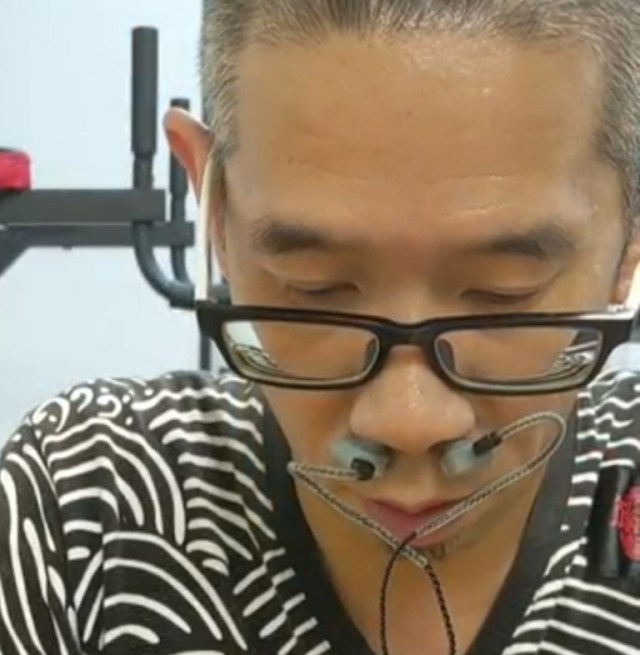
 New Japanese biking laws say no more earphones in ears…but what about other orifices?
New Japanese biking laws say no more earphones in ears…but what about other orifices? Mr. Sato divulges the contents of a 2015 Apple Store Lucky Bag–will he get a lame t-shirt again?
Mr. Sato divulges the contents of a 2015 Apple Store Lucky Bag–will he get a lame t-shirt again? Mr. Sato buys an electric earwax cleaner, takes it for a spin
Mr. Sato buys an electric earwax cleaner, takes it for a spin Mr. Sato tries to make himself invisible by wearing mirror paper, creates cool modern art instead
Mr. Sato tries to make himself invisible by wearing mirror paper, creates cool modern art instead Mr. Sato went to Ganguro Cafe and discovered his beautiful inner gyaru 【Pics】
Mr. Sato went to Ganguro Cafe and discovered his beautiful inner gyaru 【Pics】 Non-tourist trap fish market in northeastern Japan captures our hearts with amazing sashimi
Non-tourist trap fish market in northeastern Japan captures our hearts with amazing sashimi Kyoto becomes City of Yokai, with Night Parade of One Hundred Demons festival this autumn
Kyoto becomes City of Yokai, with Night Parade of One Hundred Demons festival this autumn Japan’s newest life-size Gundam is finished, receives Shinto blessing in Osaka【Video】
Japan’s newest life-size Gundam is finished, receives Shinto blessing in Osaka【Video】 Chinese drivers flocking to Japan for quick and easy route to international licenses
Chinese drivers flocking to Japan for quick and easy route to international licenses One of Japan’s most awesome rail passes, the Seishun 18 Ticket, just got a lot less awesome
One of Japan’s most awesome rail passes, the Seishun 18 Ticket, just got a lot less awesome No train, no hotel – How to do an overnight bus trip to Kanazawa from Tokyo – Part 1【Photos】
No train, no hotel – How to do an overnight bus trip to Kanazawa from Tokyo – Part 1【Photos】 McDonald’s Japan debuts new anime girl mascot character with incredibly long name
McDonald’s Japan debuts new anime girl mascot character with incredibly long name Korean basketball coach humiliates player live on TV, tapes his mouth shut
Korean basketball coach humiliates player live on TV, tapes his mouth shut We try a delicious hidden gem in Fukuoka, unknown to even Japanese people
We try a delicious hidden gem in Fukuoka, unknown to even Japanese people Studio Ghibli releases new “Butterflies in the Forest” Totoro towels
Studio Ghibli releases new “Butterflies in the Forest” Totoro towels What’s the deal with akebi, the perfectly purple, alien-like fruit that’s in season now in Japan?
What’s the deal with akebi, the perfectly purple, alien-like fruit that’s in season now in Japan? Totoro, Calcifer, other Ghibli stars returning as humidifiers ahead of Japan’s dry winter days【Pics】
Totoro, Calcifer, other Ghibli stars returning as humidifiers ahead of Japan’s dry winter days【Pics】 Is downtown Tokyo’s crazy cheap 290-yen bento boxed lunch shop still around, and is it still cheap?
Is downtown Tokyo’s crazy cheap 290-yen bento boxed lunch shop still around, and is it still cheap? Meet the kind Japanese grandpa who takes photos for tourists at the Hachiko statue in Shibuya
Meet the kind Japanese grandpa who takes photos for tourists at the Hachiko statue in Shibuya Studio Ghibli releases new mug tumblers featuring anime movie characters
Studio Ghibli releases new mug tumblers featuring anime movie characters How to power up the coolest cheap souvenir from Nintendo’s official shop with a trip to Daiso
How to power up the coolest cheap souvenir from Nintendo’s official shop with a trip to Daiso Why was the Lithuanian ambassador to Japan working in a fast food beef bowl joint in Tokyo?
Why was the Lithuanian ambassador to Japan working in a fast food beef bowl joint in Tokyo? Line of foreign tourists leads us to Akihabara’s meatiest fatty ramen【Taste test】
Line of foreign tourists leads us to Akihabara’s meatiest fatty ramen【Taste test】 Japanese convenience store Family Mart announces abolishment of eat-in spaces
Japanese convenience store Family Mart announces abolishment of eat-in spaces Studio Ghibli releases new insect whistle necklace from Nausicaä of the Valley of the Wind
Studio Ghibli releases new insect whistle necklace from Nausicaä of the Valley of the Wind Totoro sequel anime Mei and the Baby Catbus will screen at Ghibli Park this winter
Totoro sequel anime Mei and the Baby Catbus will screen at Ghibli Park this winter Starbucks Japan unveils Halloween Frappuccino for 2024, and it’s like drinking a magic spell
Starbucks Japan unveils Halloween Frappuccino for 2024, and it’s like drinking a magic spell Evangelion creator Hideaki Anno returning to anime with new project for 50-year-old franchise
Evangelion creator Hideaki Anno returning to anime with new project for 50-year-old franchise Studio Ghibli releases new Howl’s Moving Castle goods that capture the magic from the anime movie
Studio Ghibli releases new Howl’s Moving Castle goods that capture the magic from the anime movie Adult Jam Bread causes a stir at store in Tokyo
Adult Jam Bread causes a stir at store in Tokyo Right now is the peak time to go to Tokyo’s most-beautiful-view beer garden【Photos】
Right now is the peak time to go to Tokyo’s most-beautiful-view beer garden【Photos】 Pizza Hut adds a “Guilty Secret” sandwich to its menu for a limited time
Pizza Hut adds a “Guilty Secret” sandwich to its menu for a limited time McDonald’s new Happy Meals offer up cute and practical Sanrio lifestyle goods
McDonald’s new Happy Meals offer up cute and practical Sanrio lifestyle goods Foreign tourists on Shinkansen bullet train break suitcase etiquette, angering local passengers
Foreign tourists on Shinkansen bullet train break suitcase etiquette, angering local passengers [Deleted] Article written for April Fool’s Day 2018
[Deleted] Article written for April Fool’s Day 2018 Japanese government to make first change to romanization spelling rules since the 1950s
Japanese government to make first change to romanization spelling rules since the 1950s Foreigner’s request for help in Tokyo makes us sad for the state of society
Foreigner’s request for help in Tokyo makes us sad for the state of society Ghibli founders Toshio Suzuki and Hayao Miyazaki contribute to Japanese whisky Totoro label design
Ghibli founders Toshio Suzuki and Hayao Miyazaki contribute to Japanese whisky Totoro label design Tokyo’s most famous Starbucks is closed
Tokyo’s most famous Starbucks is closed Princesses, fruits, and blacksmiths: Study reveals the 30 most unusual family names in Japan
Princesses, fruits, and blacksmiths: Study reveals the 30 most unusual family names in Japan Doraemon found buried at sea as scene from 1993 anime becomes real life【Photos】
Doraemon found buried at sea as scene from 1993 anime becomes real life【Photos】 Cool new alarm clock earphones wake you up not with sound, but vibrations
Cool new alarm clock earphones wake you up not with sound, but vibrations We try insect snacks from this vending machine in Tokyo, and get a bonus surprise in the capsule
We try insect snacks from this vending machine in Tokyo, and get a bonus surprise in the capsule This Apple store gave away 15 Macbook Airs, stacks of iPads and accessories in “lucky bags” this morning
This Apple store gave away 15 Macbook Airs, stacks of iPads and accessories in “lucky bags” this morning Transform into a Hylian or an elf with cute elf-ear headphones【Pics】
Transform into a Hylian or an elf with cute elf-ear headphones【Pics】 We try the free muscle bread distributed by macho dudes at a one-day, pop-up event in Tokyo
We try the free muscle bread distributed by macho dudes at a one-day, pop-up event in Tokyo Douhua, a delicious tofu pudding, is Mr. Sato’s new favourite food
Douhua, a delicious tofu pudding, is Mr. Sato’s new favourite food Mr. Sato shows up in costume, is the first to purchase an iPhone 6 Plus, meets Ken Watanabe AGAIN
Mr. Sato shows up in costume, is the first to purchase an iPhone 6 Plus, meets Ken Watanabe AGAIN Cosplaying in Tokyo as Beijing Olympics mascot Bing Dwen Dwen…Mr. Sato style【Photos】
Cosplaying in Tokyo as Beijing Olympics mascot Bing Dwen Dwen…Mr. Sato style【Photos】 We try out the R-rated “world’s smelliest burger” from a Tokyo burger cafe
We try out the R-rated “world’s smelliest burger” from a Tokyo burger cafe Futuristic drinks stand in Tokyo lets you order cute, personalised beverages from your phone
Futuristic drinks stand in Tokyo lets you order cute, personalised beverages from your phone Beep beep! Mr. Sato Car coming through! 【Pics】
Beep beep! Mr. Sato Car coming through! 【Pics】 Mr. Sato returns to the line, waits three nights for an iPhone 11
Mr. Sato returns to the line, waits three nights for an iPhone 11 Mr. Sato tries top secret rated-R fried chicken from popular Japanese convenience store
Mr. Sato tries top secret rated-R fried chicken from popular Japanese convenience store Age-ravaged Mr. Sato seeks beauty help from Lift Up Trainer Buru Buru Buru Ko
Age-ravaged Mr. Sato seeks beauty help from Lift Up Trainer Buru Buru Buru Ko Does Japan’s “body fat-burning” bottled tea really work? Our 30-day investigation 【RocketScience】
Does Japan’s “body fat-burning” bottled tea really work? Our 30-day investigation 【RocketScience】 Tokyo’s spicy cod roe ice cream: An unexpected dessert that tastes about like what you’d expect
Tokyo’s spicy cod roe ice cream: An unexpected dessert that tastes about like what you’d expect
Leave a Reply